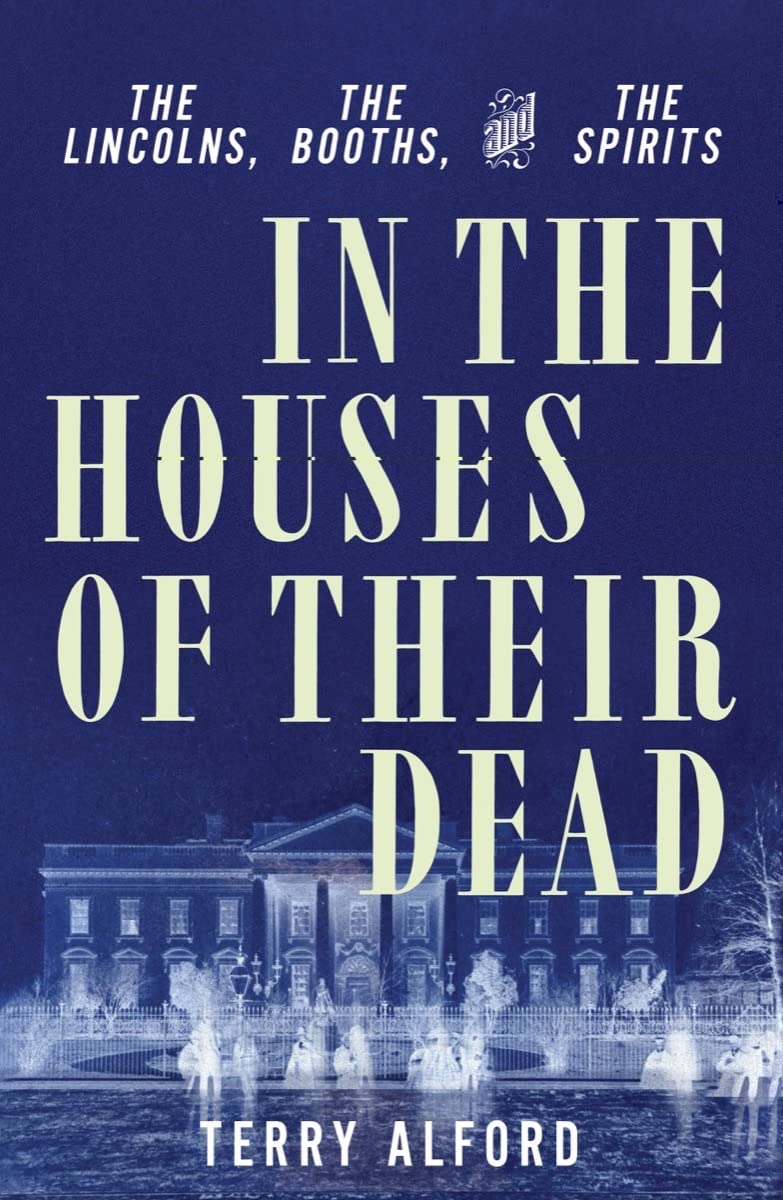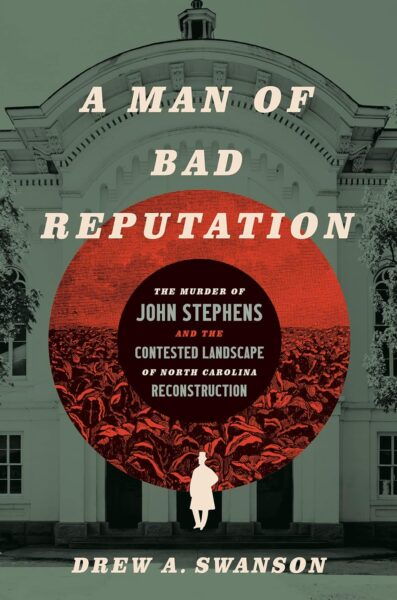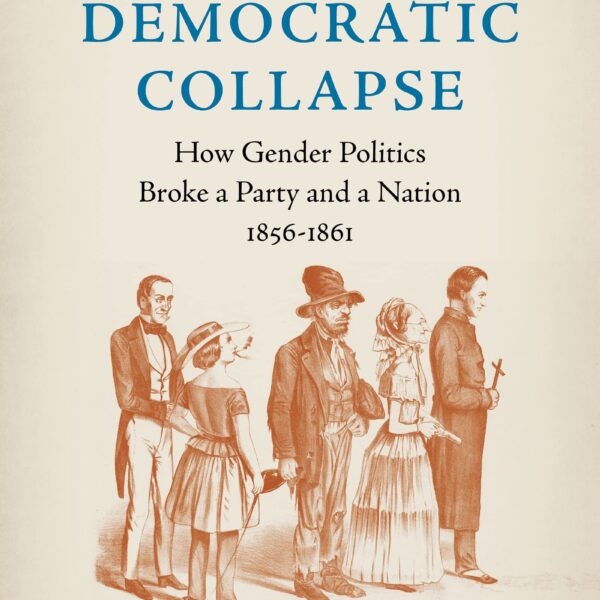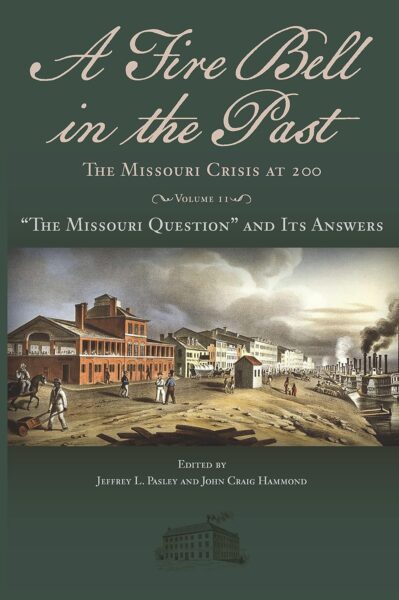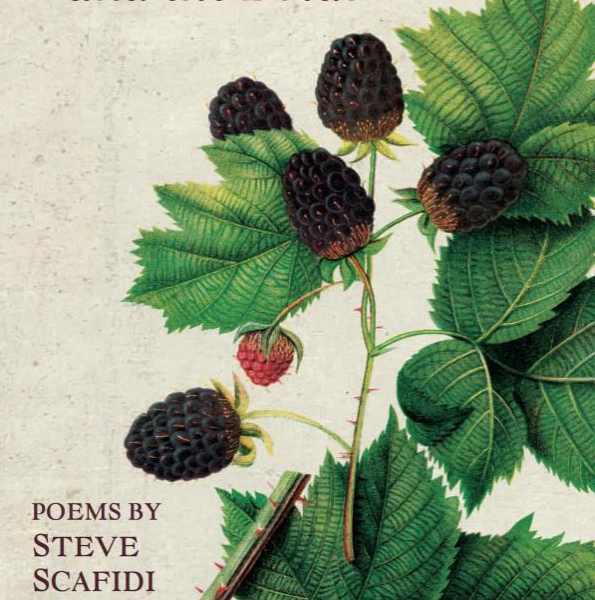The same afternoon actor Edwin Booth was laid to rest in New York City, more than twenty federal workers perished at Ford’s Theater—the place where, nearly three decades before, his younger brother fired the first pistol crack of Reconstruction. In the months after John Wilkes Booth’s murder of Abraham Lincoln, the U.S. government remade the fated theater into a workspace for a growing army of pension clerks. Groaning under the volume of paper they generated (the tonnage an eloquent testament to the magnitude of the Civil War’s human destruction), the interior floors collapsed. In death no less than in life, Edwin Booth would be unable to escape the shadow cast by his sibling’s crime. This remarkable coincidence—almost too strange for fiction—is one of the many improbable twists of fate that animate historian Terry Alford’s spellbinding new book, In The Houses of Their Dead (238-240).
Alford, best known for Fortune’s Fool, an award-winning life of Lincoln’s killer—delivers a wholly original book that braids the carefully drawn biographies of a wide cast of characters into an eerie tale. While informed by the best scholarship on the many subjects it touches—death, mourning, religion, and theater in the nineteenth century, to name only a few—Alford’s pacing, plot, and character development closely resemble those of a novel. This is a suspenseful, even surprising history that will engage and entertain the reading public.
At the same time, In The Houses of Their Dead makes important interventions in both Civil War scholarship and Lincoln studies. For one, Alford reminds us that even as they held tight to ideological convictions, Civil War Americans “clung to beliefs that seemed irrational.” Spiritualism thrived among a people that “studied omens, dreaded comets, and feared witchcraft” (xiv). For another, the author “presents a more nuanced portrait” of Lincoln, recovering the president’s “curiosity” about spiritualism—as well as the “appeal” of the séances, spirit rappings, and skin writing to grieving widows, parents, and orphans (xvii). The author cites an estimate that some 1.6 million people subscribed to spiritualism on the eve of the war; this figure, he concludes, would swell three-fold if one also tallied “casual or curious inquirers” (247-248).
Chief among those who “sought to allay misfortune by gestures and beliefs for which they had no rational explanation” were the Lincolns and the Booths (xiv). For the Lincolns, it was the death of young son Eddie that first roused curiosity about spiritualism (xv). When the war came, death on an unprecedented scale invited them to pay still more notice. Mary Lincoln “believed the veil separating her and her dead was slight” (149). While conceding that spirit rappings were “delusions,” the president himself “found comfort in the thought that he could communicate” with his son, Willie, who succumbed to typhoid in February 1862 (154). Mary Lincoln hosted numerous séances in the Executive Mansion, which (unfortunately for the president) generated much copy for the opposition press (152).
Amazingly, the Booth family relied on “the same mystics as the Lincolns,” including the notorious charlatan, Charles Colchester (xvi). Edwin Booth sought to conjure Richard Cary, a confidant who was felled at the battle of Cedar Mountain. Like the Lincolns, the Booths were a superstitious people; John Wilkes, for instance, believed himself especially unlucky.
Alford draws out these are many more uncanny connections, yielding fresh new insights into the character of Civil War America and new details in the Lincoln biography. While he is hardly the first scholar to write about spiritualism in the Civil War—Mark A. Lause’s Free Spirits [2016], for instance, located spiritualism in the context of Civil War politics and radical reform—Alford lends much more human depth and texture to the subject. In The Houses of Their Dead will linger with a diverse lot of readers long after they finish the book.
Brian Matthew Jordan is Associate Professor of Civil War History and Chair of the Department of History at Sam Houston State University.
